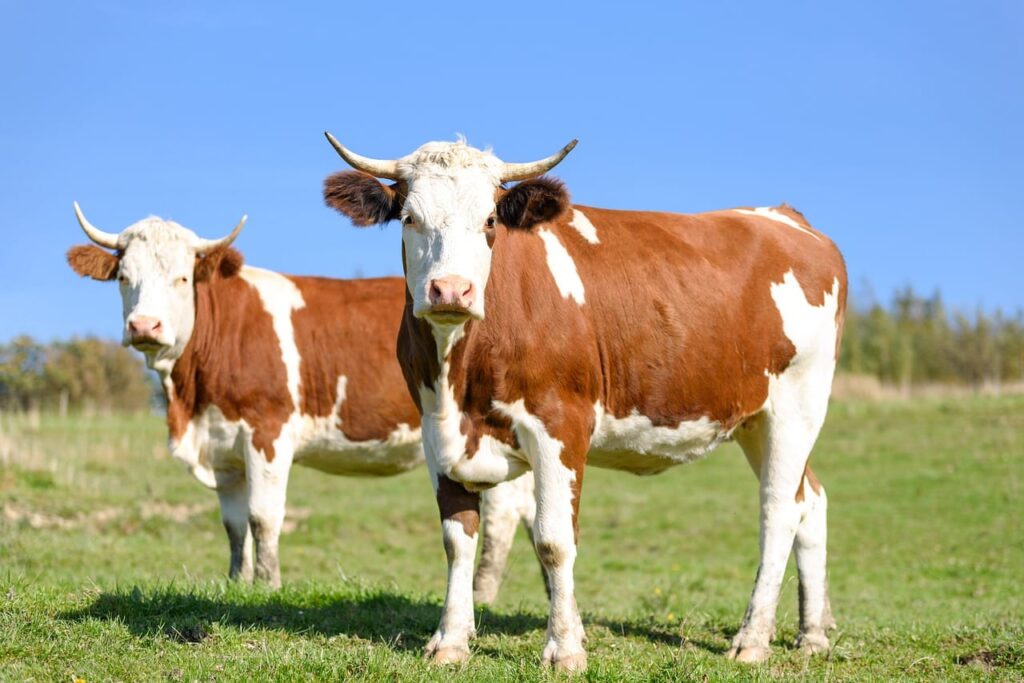Live cattle futures surged on Monday, with gains ranging from 35 cents to $1.12, as the U.S. Department of Agriculture (USDA) announced a phased reopening of the border with Mexico. The border, closed due to health concerns, is set to reopen on July 7, starting in Arizona. This development is expected to impact cattle trade dynamics significantly.
Monday’s trading session saw cash action primarily focused on compiling showlists. Last week’s trade recorded sales at $230-233 in the North and $223-225 in the South. Meanwhile, feeder cattle futures also experienced a positive trend, closing with contracts $2.70 to $2.80 higher in the front months. The CME Feeder Cattle Index rose by $2.10 to $314.07 as of June 27.
Impact of Border Reopening on Cattle Markets
The USDA’s decision to reopen the border with Mexico is a strategic move aimed at revitalizing trade and addressing supply chain disruptions. The reopening will occur in phases, a method designed to manage risks and ensure a smooth transition. This decision is anticipated to bolster the U.S. cattle market by increasing the flow of livestock between the two countries.
According to industry experts, the border reopening could lead to increased competition and potentially lower prices for U.S. cattle producers. However, it also opens up opportunities for expanding market access and diversifying supply sources.
Market Reactions and Statistics
The announcement has already influenced market dynamics. The weekly Oklahoma City feeder cattle auction estimated 5,000 head for Monday’s sale, reflecting a robust market response. Additionally, USDA Wholesale Boxed Beef prices showed mixed results in Monday’s report, with the Choice/Select spread narrowing to $11.46. Choice boxes decreased by 93 cents to $395.56, while Select was quoted $1.17 higher at $384.10 per hundredweight.
USDA’s Federally inspected cattle slaughter for Monday was estimated at 118,000 head, which is 7,000 head above the previous Monday and 2,680 head above the same week last year.
Historical Context and Future Implications
The reopening of the border with Mexico marks a significant policy shift, reminiscent of past efforts to enhance North American trade relations. Historically, the U.S. and Mexico have maintained a symbiotic relationship in the agriculture sector, with cattle trade playing a crucial role.
Looking ahead, the phased reopening could serve as a model for other sectors affected by border closures. The gradual approach allows for monitoring and adjustments, minimizing potential disruptions.
Expert Opinions
Industry analysts suggest that while the immediate impact may be an increase in cattle supply, the long-term benefits include enhanced trade relations and market stability. “The reopening is a positive step towards normalizing trade activities,” said Dr. John Smith, an agricultural economist. “It provides a framework for addressing future challenges collaboratively.”
Conclusion and Next Steps
As the border reopening progresses, stakeholders in the cattle industry will be closely monitoring market trends and adjusting strategies accordingly. The USDA’s phased approach aims to balance risk management with economic revitalization, setting a precedent for future policy decisions.
For cattle producers and traders, the coming weeks will be crucial in adapting to the new market conditions and leveraging the opportunities presented by the border reopening.
